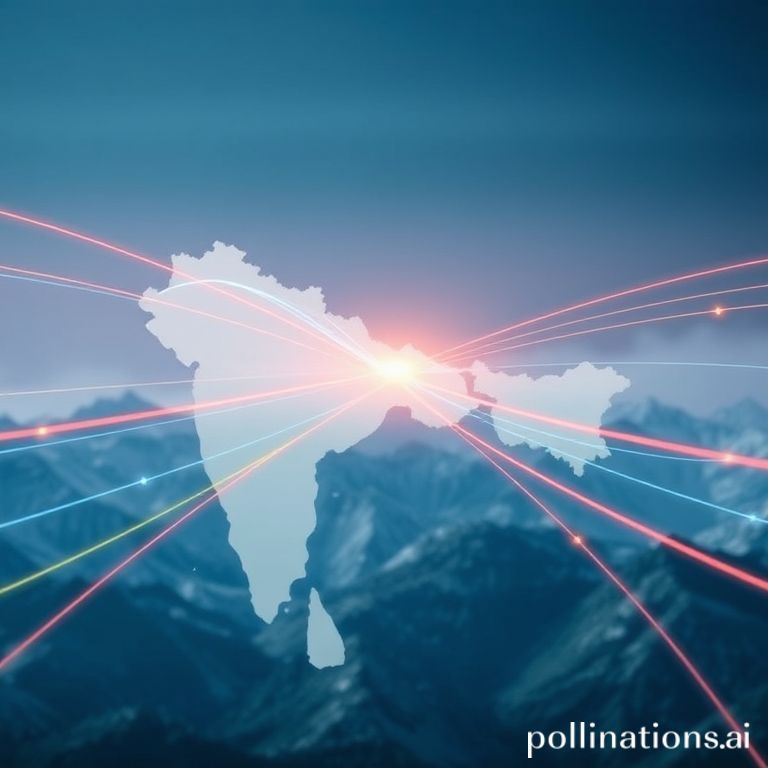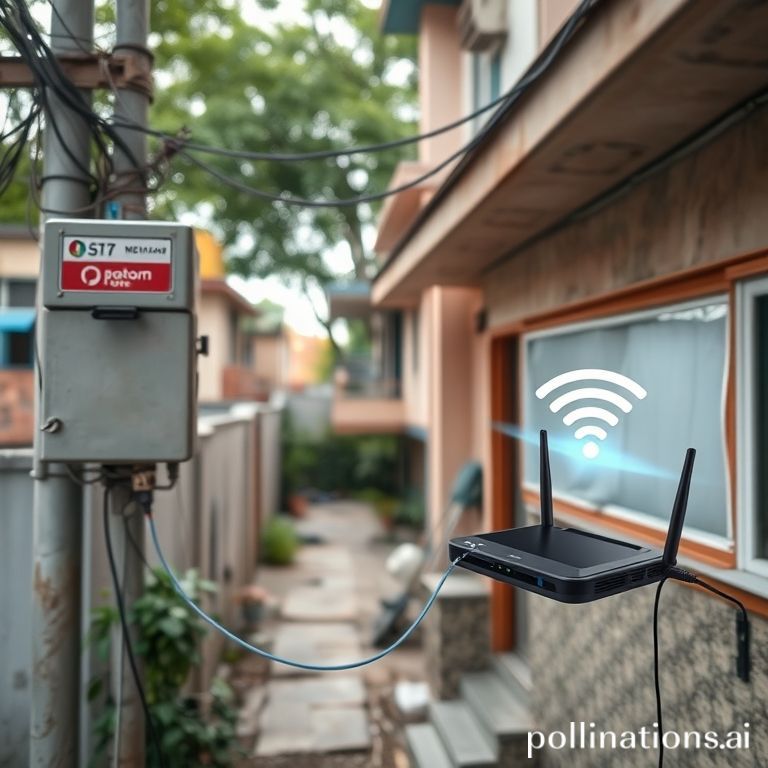How ISPs Work in Nepal: From International Backbones to NPIX Members
Ever wondered what happens after your home Wi-Fi router gets the signal from your Internet Service Provider (ISP)? In Nepal, the journey of your internet data is a fascinating blend of international connections, national infrastructure, and local exchange points. Let's demystify how ISPs operate in the Himalayan nation, with a special focus on the crucial role of NPIX (Nepal Internet Exchange).
The Global Connection: Bringing Internet to Nepal
Nepal is a landlocked country, which means it doesn't have direct access to undersea fiber optic cables that form the backbone of the global internet. So, how does the internet reach us?
Most of Nepal's international internet bandwidth comes through its southern border with India. Major ISPs in Nepal, like WorldLink, Vianet, ClassicTech, Subisu, and others, establish direct peering agreements and purchase bandwidth from large Tier-1 and Tier-2 providers in India (and sometimes via other routes like China). These Indian providers are connected to the vast network of undersea cables that crisscross the globe.

Image 1: International fiber optic cables bring internet bandwidth from India into Nepal.
These high-capacity fiber optic lines terminate at ISPs' data centers or Points of Presence (PoPs) in major Nepali cities, primarily Kathmandu. This international bandwidth is the lifeblood of Nepal's internet.
The National Network: Distributing the Internet Within Nepal
Once the international data enters Nepal, ISPs then distribute it across the country. They achieve this through a combination of:
- National Fiber Optic Backbones: ISPs invest heavily in laying their own fiber optic networks across cities and between major towns. These act as the highways for data within Nepal.
- Local Distribution Networks: From these backbones, fiber optic cables branch out to neighborhoods and individual homes/businesses. This is often the "Fiber to the Home" (FTTH) connection you might have.
- Wireless Links: In remote or hard-to-reach areas, ISPs might use high-capacity wireless links (microwave or satellite) to connect local PoPs to their main fiber network.
The Magic of Peering: Introducing NPIX (Nepal Internet Exchange)
This is where efficiency and cost-saving come into play, especially for local traffic. Imagine you're a WorldLink customer trying to access a website hosted by a Vianet customer, or perhaps a local news portal hosted in Nepal. Without an internet exchange, your data would have to travel all the way:
Your Device (WorldLink) → WorldLink Network → International Gateway (India) → International Internet → Vianet's International Gateway → Vianet Network → Destination Server (Vianet).
This is inefficient, adds latency, and consumes expensive international bandwidth for both ISPs.
NPIX (Nepal Internet Exchange) solves this problem. NPIX is a neutral platform where various ISPs, content providers, and data centers in Nepal can directly connect and exchange local internet traffic. Instead of sending local traffic abroad and back, they can peer directly at NPIX.
%20data%20center%20rack%20with%20interconnected%20fiber%20optic%20cables%20and%20network%20equipment,%20showing%20multiple%20ISP%20logos%20(e.g.,%20WorldLink,%20Vianet,%20NTC,%20Ncell,%20ClassicTech)%20and%20local%20content%20providers%20peering.%20Emphasize%20local%20data%20exchange.)
Image 2: Inside the NPIX, where multiple Nepali ISPs and content providers directly exchange local traffic.
The path now becomes much shorter:
Your Device (WorldLink) → WorldLink Network → NPIX → Vianet Network → Destination Server (Vianet).
Benefits of NPIX:
- Reduced Latency: Data travels a shorter physical distance, resulting in faster loading times for local content.
- Cost Savings: ISPs save on international bandwidth costs by exchanging local traffic freely or at a lower cost.
- Improved Resilience: Local traffic is less dependent on international links, making the Nepali internet more robust.
- Local Content Growth: Encourages the hosting of content (websites, applications, streaming servers) within Nepal, as it's faster and cheaper to access locally.
The Last Mile: Connecting to Your Home
Finally, your ISP brings the internet directly to your premises. In Nepal, this is predominantly through:
- Fiber Optic (FTTH/FTTB): Most modern connections are fiber-based, offering high speeds and reliability. A fiber optic cable runs from the ISP's local distribution point to a modem/router in your home.
- Cable Modem (DOCSIS): Some ISPs might still use coaxial cable networks, especially in older installations or specific apartment complexes.
- Wireless (WISP): In areas where fiber isn't feasible, wireless ISPs might provide internet using point-to-point wireless links to a receiver on your roof.

Image 3: The "last mile" fiber optic connection delivering internet to a Nepali home, ending at the Wi-Fi router.
Your router then creates a local network (Wi-Fi or Ethernet) for your devices, completing the journey from a global undersea cable to your smartphone or laptop.
Challenges and the Future
Nepali ISPs face challenges like difficult mountainous terrain for infrastructure deployment, frequent road constructions damaging fiber, and ensuring consistent power supply. However, the continuous growth of NPIX, increasing international bandwidth, and fierce competition among ISPs are all contributing to a more robust, faster, and more affordable internet experience for Nepalis.
So, the next time you're browsing locally hosted content, remember that NPIX is probably working its magic to give you a speedy experience, while international data takes a longer, more adventurous route!
Comments